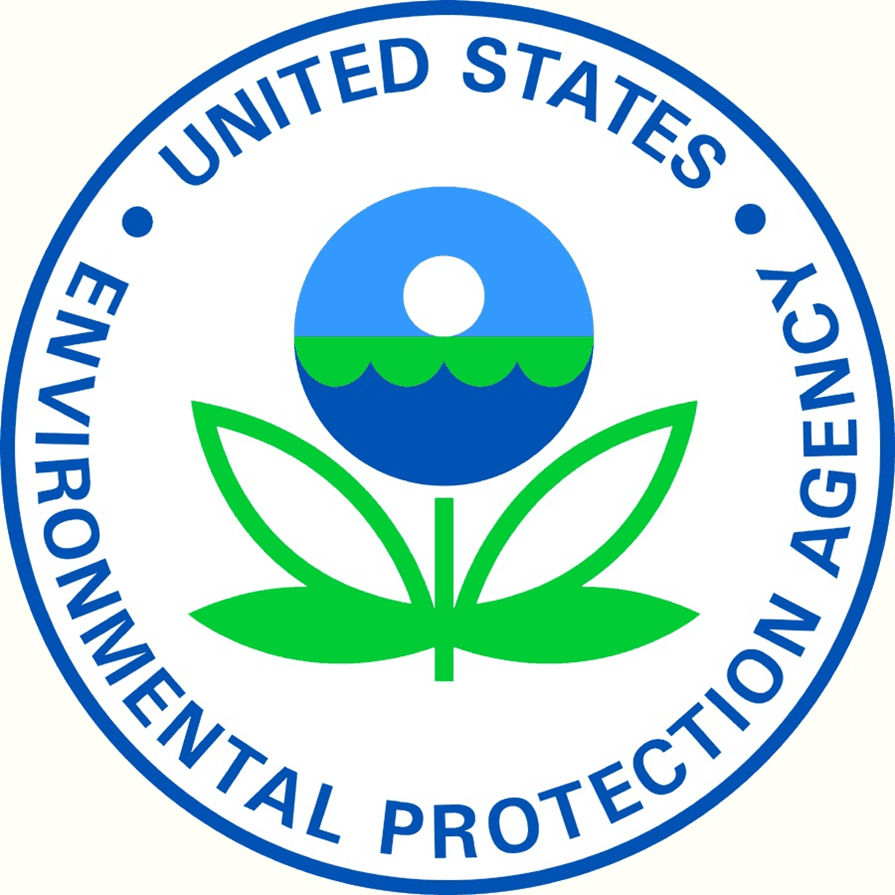
The EPA has published some reports discussing the health effects of mold and indoor air pollution but very little progress has been made.
From a 1989 report by the U.S. EPA:
“Many costs of indoor air pollution have not been calculated. Nevertheless, because of the large numbers of people and buildings potentially affected, as well as the wide range of effects for which there is an economic cost component, it is reasonable to conclude the aggregate costs of indoor air pollution amount to tens of billions of dollars per year.”
From a 1989 report by the U.S. EPA:
Report for Congress on Indoor Air Quality, Volume II, titled Assessment and Control of Indoor Air Pollution
Health effects from indoor air pollution cover the range of acute and chronic effects, and include eye, nose, and throat irritation, respiratory effects, neurotoxicity, kidney and liver effects, heart functions, allergic and infectious diseases, developmental effects, mutagenicity, and carcinogenicity.
Building sicknesses, such as sick building syndrome, building related illness, and multiple chemical sensitivity are issues of potentially great significance but are poorly understood. Additive or synergistic effects from pollutant mixtures, where concentrations of each individual compound are below its known health effect threshold, may help to explain some sick building syndrome complaints. Biological contaminants are a principal cause of building related illness, and can be the principal problem in some buildings. Building related illness can result in death, as in Legionnaire's disease, or serious infectious or allergic diseases.
The population health risks posed by exposure to indoor air pollutants appear to be significantly greater than the health risks posed by some of the environmental problems that receive the most public concern and governmental funding, including hazardous and non-hazardous waste sites, and contaminated sludge.
It is known that microbial contamination can cause significant damage to buildings and equipment, and there is anecdotal evidence that damage can be so severe as to make a building unfit for human occupation.
From the Mold Resources page on the U.S. EPA website:
One third to one half of all structures have damp conditions that may encourage development of pollutants such as molds and bacteria, which can cause allergic reactions — including asthma — and spread infectious diseases.
From a 1988 report by the U.S. EPA:
The Inside Story: A Guide to Indoor Air Quality
In the last several years, a growing body of scientific evidence has indicated that the air within homes and other buildings can be more seriously polluted than the outdoor air in even the largest and most industrialized cities. Other research indicates that people spend approximately 90 percent of their time indoors. Thus, for many people, the risks to health may be greater due to exposure to air pollution indoors than outdoors.
From a 2007 joint study by the U.S. EPA and Berkeley Lab:
Berkeley Lab, EPA Studies Confirm Large Public Health and Economic Impact of Dampness and Mold
The national annual cost of asthma that is attributable to dampness and mold exposure in the home is $3.5 billion.
According to the Healthy School Environment Resources page on the U.S. EPA website:
Twenty percent of the U.S. population, nearly 55 million people, spend their days in our elementary and secondary schools. Studies show that one-half of our nation's 115,000 schools have problems linked to indoor air quality.
These statistics were tied to a 1995 report by the U.S. Government Accountability Office (GAO) titled “School Facilities: Condition of America’s Schools.” The 1995 GAO report gave an estimated cost of $112 billion “to repair or upgrade America’s multi-billion-dollar investment in facilities to good overall condition.”
Here are some of the additional reports published by the EPA on indoor air pollutants:
EPA: An Office Building Occupants Guide to Indoor Quality (1997)
EPA: Building Air Quality--A Guide for Buildings Owners and Facility Managers (1991)
EPA: Building Air Quality--Action Plan (1998)
EPA: Child-Specific Exposure Factors Handbook (2008)
EPA: Child-Specific Exposure Factors Handbook--Highlights (2009)
EPA: Dealing with Debris and Damaged Buildings (2020)
EPA: Energy Savings Plus Health, Indoor Air Quality Guidelines for School Building Upgrades (2014)
EPA: Fact Sheet about ERMI--Environmental Relative Moldiness Index (2010)
EPA: Indoor Air Assessment--An Inventory of Indoor Air Quality Research in the United States (1991)
EPA: Indoor Air Assessment--Indoor Biological Pollutants (1992)
EPA: Indoor Air Quality Implementation Plan (1987)
EPA: Indoor Air Quality Implementation Plan, Appendix E--Indoor Air Reference Database (1987)
EPA: (The) Inside Story: A Guide to Indoor Air Quality (1988)
EPA: Mold Remediation in Schools and Commercial Buildings (2008)
EPA: Mold Remediation in Schools and Commercial Buildings, Appendix B, Introduction to Molds (2008)
EPA: Occupant Diary (Indoor Air Quality) (no date)
EPA: Public Health Consequences and Cost of Climate Change, Impacts on Indoor Environments (2010)
EPA: Renovation, Repair and Painting (RRP)
EPA: Report to Congress on Indoor Air Pollution and Radon Under Title IV SARA (1987)
EPA: Report to Congress on Indoor Air Quality, Executive Summary and Recommendations (1989)
EPA: Technology for Mold Identification and Enumeration (includes a detailed list of molds) (2014)